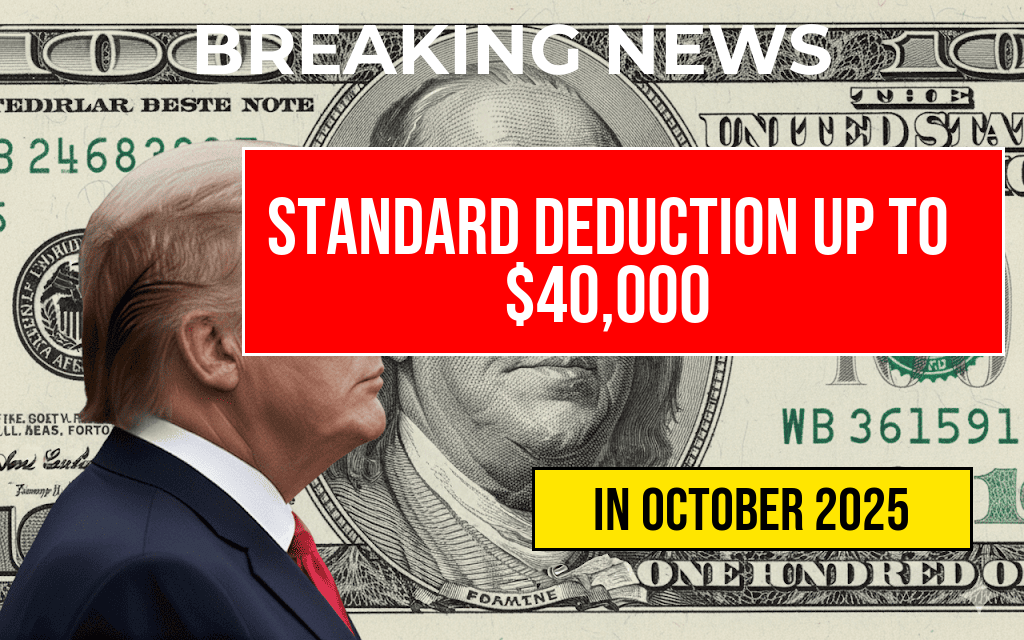The IRS has announced an $88,100 Alternative Minimum Tax (AMT) exemption for single filers for the upcoming tax year, marking a significant threshold that determines who will be affected by potential AMT liability. This exemption amount, which adjusts annually for inflation, effectively shields a broad swath of taxpayers from paying the AMT, a parallel tax system designed to ensure that high-income individuals pay at least a minimum amount of tax regardless of deductions and credits. While many taxpayers with lower to moderate incomes remain unaffected, those with higher earnings or complex financial situations must carefully assess whether they might owe additional taxes. Understanding who falls within the scope of this exemption is vital, especially as the AMT rules can catch taxpayers off guard if unanticipated liabilities arise.
Understanding the AMT Exemption Threshold
The $88,100 exemption for single filers represents a substantial increase from previous years, reflecting adjustments for inflation and legislative updates. This exemption amount is crucial because it directly influences the income level at which taxpayers begin to encounter the AMT. Taxpayers with income below this exemption are generally not subject to the AMT, while those with income surpassing this threshold may need to perform additional calculations to determine their tax liability.
Who Is Likely to Be Affected?
The primary individuals impacted by the AMT exemption are those with incomes near or above the threshold, especially if they have significant deductions, credits, or specific types of income that can trigger the AMT. The following groups are most vulnerable:
- High-income earners with substantial deductions, such as large state and local taxes or mortgage interest, which can reduce regular taxable income but increase AMT exposure.
- Taxpayers with complex financial instruments, including exercise of stock options or income from certain investments, that may not be fully accounted for under regular tax rules.
- Individuals claiming numerous itemized deductions, especially if these deductions significantly lower taxable income, potentially pushing the taxpayer into AMT territory.
Income Levels and the AMT Impact
While the exemption amount sets a clear threshold, the actual impact varies depending on individual circumstances. The IRS provides a phaseout range where the exemption begins to decrease as income rises beyond a certain point. For 2024, the phaseout begins at approximately $523,600 for single filers, gradually reducing the exemption until it phases out completely at higher income levels. This means that taxpayers with incomes approaching this upper limit may see their exemption diminished, increasing the likelihood of AMT liability.
Table: AMT Exemption and Phaseout Ranges for Singles (2024)
| Item | Amount |
|---|---|
| Standard AMT Exemption | $88,100 |
| Beginning of Phaseout | $523,600 |
| Exemption phases out completely | $628,600 |
Implications for Tax Planning
Taxpayers hovering near the exemption threshold should consider strategic planning to minimize AMT exposure. Adjustments such as timing the recognition of certain income, managing deductions, or exercising stock options in favorable years can make a difference. Consulting with a tax professional becomes especially valuable for those with complex financial situations, as the interplay between regular tax calculations and the AMT can be intricate.
Resources for Taxpayers
Conclusion
The $88,100 AMT exemption for single filers offers a significant buffer for many taxpayers, shielding them from additional tax burdens under the alternative minimum tax system. However, high earners and those with complex financial profiles must remain vigilant, as crossing certain income thresholds can trigger AMT liabilities. Staying informed about the exemption limits and phaseout ranges enables better tax planning and helps prevent unexpected tax bills during the filing season.
Frequently Asked Questions
Who is eligible for the $88,100 AMT exemption for singles?
The AMT exemption of $88,100 primarily applies to single taxpayers whose income exceeds certain thresholds, providing relief from the Alternative Minimum Tax.
How does the AMT exemption impact my tax liability?
The AMT exemption reduces your alternative minimum taxable income (AMTI), which can lower the AMT liability if your income exceeds the exemption amount.
What income levels are affected by the AMT exemption for singles?
Taxpayers with single filing status earning more than the $88,100 exemption threshold may be subject to the AMT, depending on their specific income and deductions.
Are there any changes to the AMT exemption for the current tax year?
Yes, the AMT exemption amount is periodically adjusted for inflation. For the current tax year, it is set at $88,100 for single filers.
How can I determine if I will be affected by the AMT?
You should review your taxable income and deductions to see if your AMTI exceeds the $88,100 exemption. Consulting a tax professional or using tax software can help determine your AMT liability.








